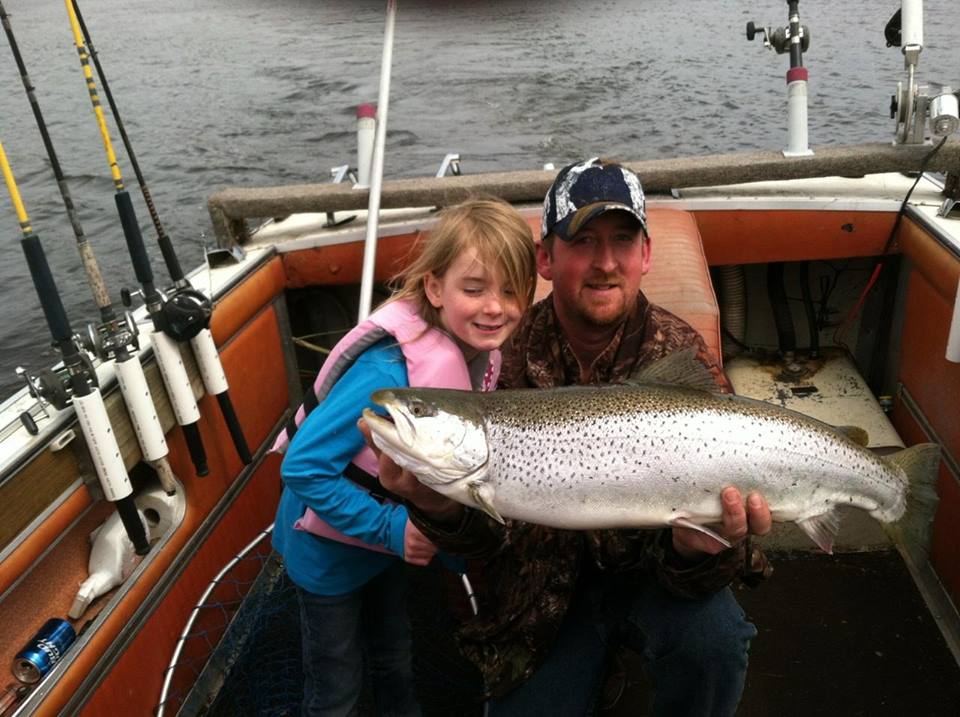The first in a series about recreational outdoor activities
Thanks to the incredible winter we just indured, the water is a few degrees colder this spring than normal, which means the brown trout should be on the feed until early- to mid-June. The best way to target these fish is to use a lighter line, with an eight- or 10-pound fluorocarbon. Most anglers prefer to long-line body baits or small spoons 75 to 100 feet behind the boat; I prefer to run my baits behind planer boards to make my presentation subtler. Most of the time, I don’t waste my time fishing that “gin clear” water in the spring but prefer the more stained or tinted waters that are created by high winds or rain runoff.
Another great springtime activity is to “crick” fish for smaller trout. The vast amounts of runoff this season have made the smaller creeks and rivers incredibly high and unfishable. Once the water levels recede, the smaller trout should feed once again as they look for an easy meal. One of the most common techniques for these elusive fish is to run a two- to four-pound test monofilament with a number six Aberdeen hook, tipped with a large crawler, and a BB shot.
Most people look at a stream only a few inches deep and think there are no trout lurking there when, in fact, overhanging grass or a small stick making a ripple in the current suggests these spots could hold several trout. When approaching these bodies of water, walk softly and stay as low as possible. You are hunting these fish. If they feel a footstep or see a shadow, they will swim 50 yards downstream before your bait even reaches the water.
Once the water temperature begins to warm, another great springtime activity is to sight fish for bass. This time of year, the large mature bass will migrate from deeper feeding areas to shallower spawning areas. These fish are usually found in four to six feet of water and will typically hover over a discolored bed or halo. Even if you don’t immediately see the fish, it’s worth casting to these spots. The fish often blend in well enough that you won’t see him as he darts in to remove the foreign object from his bed. Most of your bites this time of year will come out of aggression—these fish know every pebble and piece of sand in their nest, so when something appears that they don’t recognize, they move it away from the area. Therefore, the best tactic for these neat freaks is to put bait, such as a lead head jig or a plain crawler, directly in the center of their bed.
I hope these tips help your fishing this spring and make your days on the water more enjoyable. Good luck!
Dave Rommell is captain of Tiny Bubbles Charters and co-owner of Big Bob’s Up North Outfitters in Frankfort.




